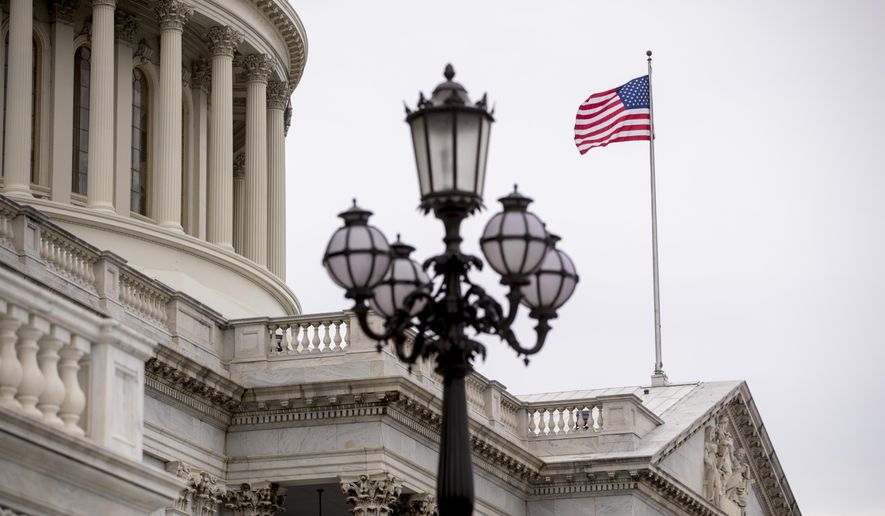President Trump’s 2020 budget proposal would lead to $9.9 trillion of cumulative federal deficits over the next 10 years, which is $2.7 trillion more than the White House estimated over the same period, the Congressional Budget Office said Thursday.
Under the president’s plan, which was released in March, federal deficits would still surpass the trillion-dollar mark by 2022, then dip back below that level for three years starting in 2024 before topping $1 trillion again in 2027, 2028, and 2029, CBO said.
The administration had projected that deficits would hit $1 trillion in the next several years, before dipping below the mark by 2023 and steadily declining to about $200 billion by 2029.
CBO said most of the difference can be chalked up to different assumptions on how much money the government will take in over the next decade, which is tied to much more optimistic economic forecasts on the part of the administration.
The administration is projecting that the economy will grow by about 3 percent on average over the next decade, while CBO forecasts average economic growth of less than 2 percent over the same period.
CBO estimated that the president’s plan would cut deficits by about $1.5 trillion over 10 years, when measured against its own baseline projection of $11.4 trillion of cumulative red ink between 2020 and 2029.
But the administration had projected that Mr. Trump’s proposal would shave about $4.1 trillion from deficits over that period, compared to CBO’s baseline forecast.
• David Sherfinski can be reached at dsherfinski@washingtontimes.com.




Please read our comment policy before commenting.